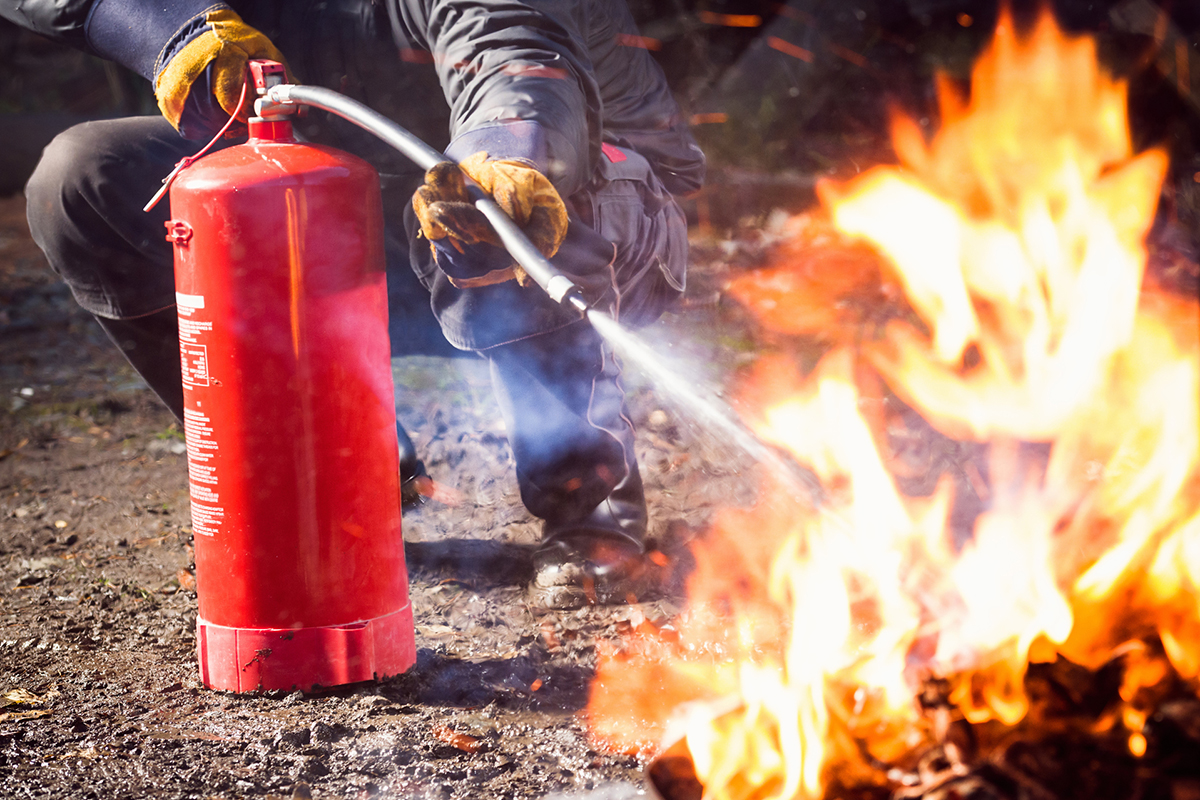Insulation giant redrafted guide after official test failure
Insulation giant Kingspan ceased distribution of its official guide to building regulations after a combination of cladding and insulation it included failed government tests, documents seen by Inside Housing reveal.
Inside Housing has seen a version of a brochure by Kingspan titled Routes to Compliance: Fire Safety, which says its phenolic insulation product can be used on high rises with fire-retardant aluminium composite cladding in certain circumstances. It based this on findings from a ‘desktop study’.
A desktop study is a method of clearing materials for use on buildings by taking results from previous tests and extrapolating new results for other materials. The method has been criticised by groups including the Local Government Association (LGA).
Notes from a meeting in September, also seen by Inside Housing, reveal that the company stopped distributing this brochure after its phenolic insulation failed a government fire safety test in combination with fire-retardant aluminium cladding in August.
The notes state that staff were told: “We are not distributing the [Routes to Compliance] brochure any longer.”
The Routes to Compliance document is badged as “advice” on how to meet the demands of building regulations in relation to Kingspan products. The previous edition was issued a year before the Grenfell Tower fire.
A new document with the same title, published in September, is virtually identical to the previous edition but does not mention the combination that failed the government test.
Despite this, the same meeting notes show that the company also set out a “strategy” to support the continued use of desktop studies to clear materials for use on high rises. The firm has since recommended to Dame Judith Hackitt’s review of building regulations that desktop studies be retained, but rules around them be strengthened to include elements such as a “standard methodology”.
A Kingspan spokesperson told Inside Housing: “Given the failed [Ministry of Housing, Communities and Local Government] test result using fire-retardant [aluminium composite material], we removed this study from the document until there is greater clarity around the future approach to building regulations.
“There is no recommendation made on the products to be used, as the route to compliance chosen is always the responsibility of the architect or contractor on any specific project. The document clearly stated, ‘each assessment is specific to the project for which the build–up is specified. While the build–ups shown have been confirmed as being suitable for the designated application, it should not be assumed that they are automatically suitable for others’.”
Kingspan has pointed out that the government test on these products used 20mm gaps between the panels, larger than the industry standard, and that these allowed fire to spread behind the cladding. It has repeated the test with smaller gaps between panels, 4mm and 10mm, which it says is more standard practice in the industry. These tests were successful.
The meeting notes state: “We will be looking at challenging the norms that are associated with non-combustible. We will be changing the gap to a 4mm and if we get a pass it’s a credible alternative.”
In its submission to the Hackitt Review, the LGA said: “[Desktop studies] are a matter of judgement and cannot be verified by building control… A number of cladding systems which have been used on tall buildings have proved not to meet the required standard. This raises serious questions about the appropriateness of a route to compliance which does not depend on an actual fire test.”
Never Again campaign
Inside Housing has launched a campaign to improve fire safety following the Grenfell Tower fire
Never Again: campaign asks
Inside Housing is calling for immediate action to implement the learning from the Lakanal House fire, and a commitment to act – without delay – on learning from the Grenfell Tower tragedy as it becomes available.
LANDLORDS
- Take immediate action to check cladding and external panels on tower blocks and take prompt, appropriate action to remedy any problems
- Update risk assessments using an appropriate, qualified expert.
- Commit to renewing assessments annually and after major repair or cladding work is carried out
- Review and update evacuation policies and ‘stay put’ advice in light of risk assessments, and communicate clearly to residents
GOVERNMENT
- Provide urgent advice on the installation and upkeep of external insulation
- Update and clarify building regulations immediately – with a commitment to update if additional learning emerges at a later date from the Grenfell inquiry
- Fund the retrofitting of sprinkler systems in all tower blocks across the UK (except where there are specific structural reasons not to do so)
We will submit evidence from our research to the Grenfell public inquiry.
The inquiry should look at why opportunities to implement learning that could have prevented the fire were missed, in order to ensure similar opportunities are acted on in the future.
The Hackitt Review
Photo: Tom Pilston/Eyevine
Dame Judith Hackitt’s (above) interim report on building safety, released in December 2017, was scathing about some of the industry’s practices.
Although the full report is not due to be published until later this year, the former Health and Safety Executive chair has already highlighted a culture of cost-cutting and is likely to call for a radical overhaul of current regulations in an interim report.
Dame Hackitt’s key recommendations and conclusions include:
- A call for the simplification of building regulations and guidelines to prevent misapplication
- Clarification of roles and responsibilities in the construction industry
- Giving those who commission, design and construct buildings primary responsibility that they are fit for purpose
- Greater scope for residents to raise concerns
- A formal accreditation system for anyone involved in fire prevention on high-rise blocks
- A stronger enforcement regime backed up with powerful sanctions















